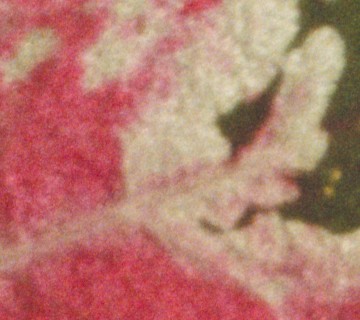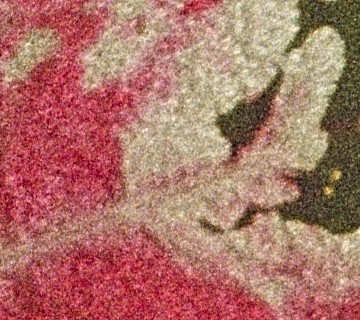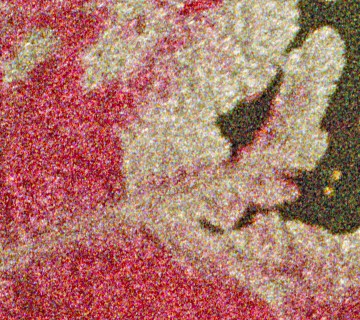|
Why Separate Luminance and Chrominance? |
|
|
|
|
||||
|
There is at least one extremely good reason to process luminance and chrominance separately: Detail is in the luminance, noise exists everywhere. When working with color images, many processing algorithms and procedures can perform separation of pixel values into their luminance and chrominance components. Consider the unsharp mask algorithm. Applying unsharp mask to the individual RGB channels of a color image is a mostly inappropriate, if not completely erroneous, procedure. What we want to do with unsharp mask is to enhance significant structures within a range of dimensional scales, with the purpose of improving detail. In color images, detail perception is obtained from the luminance component of each pixel almost exclusively, because the human vision system is not well suited to detect structures defined by varying chrominance values. So naively applying a detail enhancement technique like unsharp mask to individual RGB channels is a pretty good way to boost noise, since enhanced noisy chrominance edges will generate more noise in the luminance, where it is much more disturbing.
As unsharp mask, many image processing algorithms must be applied to the luminance exclusively. There are other processing techniques that can perform much better when taking luminance and chrominance apart, like SGBNR. |
||||


